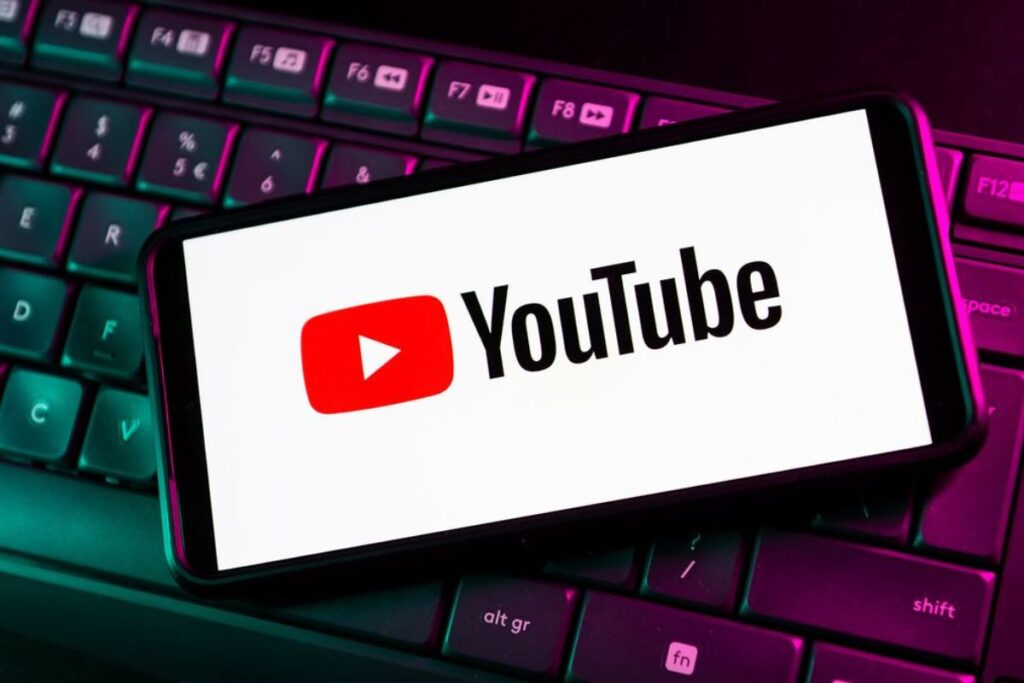Video content is no longer optional—it’s essential. In 2025, video dominates the digital landscape, influencing everything from social media engagement to SERP rankings. But creating great videos isn’t enough. To ensure they’re discovered, watched, and shared, businesses must master the art of video SEO optimization. This comprehensive guide will walk you through the evolving world of video SEO, the strategies that work in 2025, and how to make sure your video content climbs to the top of search results.
Why Video SEO Optimization Matters More Than Ever
Consumers are hungry for video content. According to recent studies, videos are expected to make up over 85% of all consumer internet traffic by the end of 2025. Whether it’s product tutorials, brand storytelling, or short-form social clips, video content is how people prefer to consume information.
However, this explosion of content means greater competition. Simply uploading a video to YouTube or embedding it on your site won’t cut it. Without proper video SEO optimization, even your best video content risks being buried.
Search engines now prioritize video results—especially for mobile and voice searches. Google often includes video snippets at the top of the page, and platforms like YouTube function as major search engines in their own right. Optimizing for video SEO helps your content surface in more searches, boosts visibility, and drives more traffic.

Key Components of Video SEO Optimization
- Keyword Research for Video Just like traditional SEO, video SEO optimization starts with keyword research. Use tools like Google Trends, YouTube Search Suggest, and TubeBuddy to identify what users are searching for in your niche.
Focus on:- Long-tail keywords (e.g., “how to fix a leaky faucet” vs. “plumbing help”)
- Questions people ask in your industry
- Trending topics relevant to your audience
- Optimize Video Titles and Descriptions Your title is the first thing both users and search engines see. Make sure it:
- Includes your target keyword
- Is compelling and clear
- Stays under 60 characters for ideal mobile visibility
- Your description should expand on the title, include related keywords naturally, and offer timestamps or links where relevant. Use 200+ words for a robust description that improves your video SEO optimization.
- Leverage Video Transcripts Transcripts (closed captions or full scripts) allow search engines to “read” your video content, increasing keyword visibility. They also improve accessibility and engagement.
Platforms like YouTube and Vimeo allow you to upload SRT files, or you can use tools like Rev or Otter.ai to generate them. Embedding the transcript in your blog post also supports traditional SEO. - Create Custom Thumbnails Thumbnails are visual hooks. A strong thumbnail:
- Uses high contrast and readable text
- Represents the content accurately
- Encourages clicks
- CTR (click-through rate) is a ranking signal on platforms like YouTube. Better thumbnails = more clicks = better rankings in video SEO optimization.
- Engage Viewers Early and Often Audience retention is critical. If people bounce early, your rankings drop. Focus on:
- Strong video intros that hook viewers in the first 10 seconds
- Storytelling or fast-cut visuals to keep them engaged
- Asking viewers to like, comment, and subscribe
- Higher watch time boosts your standing in both YouTube and Google search algorithms.
- Use Video Schema Markup Adding structured data using VideoObject schema helps Google understand your content. This can:
- Increase the chance of appearing in rich snippets
- Improve visibility in Google Video Search
- Support better indexing and ranking
- You can add schema manually or with the help of SEO plugins like Rank Math or Yoast for WordPress.
Platforms That Influence Video SEO in 2025

- YouTube: The second-largest search engine globally. It’s a must for public-facing content.
- Vimeo: Great for high-quality video hosting and cleaner embedding for websites.
- TikTok & Instagram Reels: Not traditional search engines, but increasingly influencing discoverability and SEO via Google indexing.
- Websites: Embedding videos on your site with proper metadata and schema boosts your domain’s SEO authority.
Advanced Video SEO Optimization Techniques
- Create Video Hubs A video hub is a dedicated section of your website where all videos live. It builds topical authority and keeps users on your site longer—two major ranking factors.
- Embed Strategically Don’t just dump videos on random pages. Embed them on:
- Blog posts relevant to the video topic
- Product pages to explain or demonstrate features
- Landing pages to drive conversions
- Optimize Load Times A slow-loading video kills engagement. Use lightweight formats, lazy loading, and CDNs to ensure fast performance. Speed is a ranking factor in video SEO optimization.
- Localize for Global Reach Offer subtitles and captions in multiple languages to expand reach and improve international SEO. This is particularly important for brands with global audiences in 2025.
- Use End Screens and Cards (YouTube) These features help keep viewers on your channel, increasing watch time and reducing bounce rates—both key metrics for SEO rankings.
Measuring Video SEO Success
Track key performance indicators (KPIs) using tools like:
- YouTube Analytics (retention, CTR, traffic sources)
- Google Search Console (video impressions, indexing, CTR)
- Third-party tools like VidIQ or SEMrush for deeper SEO insights
Monitor:
- Organic traffic from video
- Ranking positions for targeted video keywords
- Watch time and viewer retention
- Engagement rates (likes, shares, comments)
Common Pitfalls to Avoid
- Keyword stuffing in titles/descriptions
- Generic thumbnails
- Ignoring mobile optimization
- Forgetting to include CTAs in or after the video
- Hosting videos on slow servers without CDNs
Trends to Watch in 2025

- AI-Generated Videos: Tools that auto-generate scripts and visuals are becoming mainstream. These must still be optimized properly to perform.
- Vertical Video Dominance: Platforms prioritize mobile-first formats, especially for TikTok and Instagram SEO.
- Searchable Short-Form Video: As Google indexes more short-form content, even your 30-second clips need SEO.
- Interactive Video SEO: Quizzes, polls, and clickable CTAs within videos increase engagement and SEO effectiveness.
Conclusion
In 2025, video SEO optimization is no longer just an advantage-it’s a necessity. As more users rely on video for information, education, and entertainment, optimizing your video content ensures you’re not just part of the noise-you’re leading the conversation.
By focusing on strategic keyword usage, compelling metadata, schema markup, and engaging content, businesses can ensure their videos rise to the top of search results and stay there. Whether you’re a solopreneur or a global enterprise, mastering video SEO optimization is key to scaling your digital footprint and capturing attention in a crowded content landscape.

